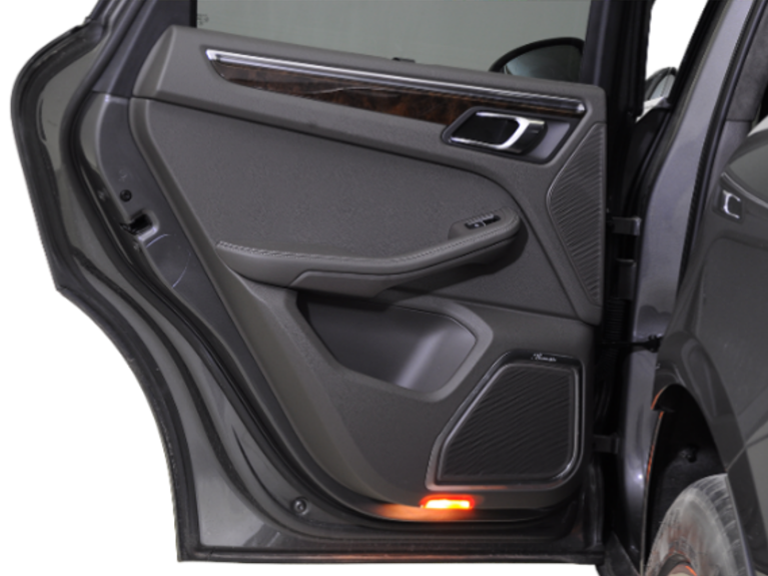Polymers and additives
Optimising weight and thermal conductivity of thermoplastic elastomers in a targeted manner
No matter whether weight optimisation is required or thermal conductivity needs to be improved, only an experienced interaction of polymers and additives determines the properties of the finished products. The result are compounds with added value. From production to processing: properties such as reduced weight and good thermal conductivity will have a positive impact over the entire service life.
Close technological exchange
To find the most suitable compound for a project, technical know-how and analytical support in the composition of ingredients and the selection of fillers are equally important - by the additive manufacturers and the compounders. This includes, among other things, comprehensive knowledge of OEM and test standards, such as those common in the automotive segment.
TPE for significant weight savings
For example, 3M™ Glass Bubbles can be used to reduce the weight of existing or innovative applications. A recent success story: by using these microscopic hollow glass bubbles, global thermoplastic elastomer manufacturer KRAIBURG TPE is producing novel lightweight compounds. The material solution assists in creating weight-reduced applications with adhesion to polyamides or polyolefins. The weight savings are as high as up to 35% compared to standard TPS, 30% compared to TPV and 50% compared to PVC. Taking into account the overall savings potential in the vehicle (interior, exterior and powertrain), a weight saving of around 5 to 7 kg per vehicle can be achieved using Lightweight TPE - without any decisive loss in performance.
Project manager Martina Hetterich from KRAIBURG TPE emphasises: "The new Lightweight TPE not only show a significant reduction in weight, but also exhibit an exceptionally good compression set. Moreover, they can be processed in multi-component injection moulding with either polyamides or polyolefins." The technology allows application-oriented material solutions for components in the automotive and industrial sectors, as well as for sports and toy applications. In the automotive sector, for example, Lightweight TPE is used for door sealing systems, water box seals, windshield overmoulds, anti-rattle seals or roof rail mats.

Improving thermal conductivity with technical ceramics
Similar optimisations are also possible with regard to thermal conductivity: this property, which is rather limited in TPEs due to the properties of the polymer, can be improved with suitable fillers for a wide range of new applications from automotive to industrial and consumer products. Miniaturisation and the increased use of electronics, for example in automotive engineering, are accelerating the need to dissipate heat effectively. For advanced thermal management requirements in electronics and simultaneous electrical insulation, thermally conductive TPEs filled with boron nitride cooling fillers from additive manufacturer 3M are a suitable solution. They have thermal conductivities of 1 to 3 W/(mxK). These solutions can be used in battery applications, for example in the e-mobility sector or in power tools.

Conclusion
Teamwork makes the difference: the intelligent combination of plastics and additives leads to materials with real added values. "The best way to develop these added values is to work together with involved parties along the supply chain to successfully develop a perfectly matched, innovative product. Our TPEs offer a very good starting position for this, and we are pleased about the joint developments with our partners," Martina Hetterich summarises.
Read more about plastic made thermally conductive through ceramic additives:
https://www.technical-ceramics.com/en/products-in-use/thermal-management-with-ceramics/
Hollow glass bubbles as lightweight fillers - does this interest you?

The right additive intelligently selected for the base material creates real added value in product development.
- Weight reduction
- Thermal insulation
- Recyclability
The outstanding properties of 3M™ Glass Bubbles enable a wide range of applications.
Learn more about using hollow glass microspheres as lightweight fillers.
Find out more and get in touch with us: 3M Glass Bubbles
Please click here for the Product catalogue

